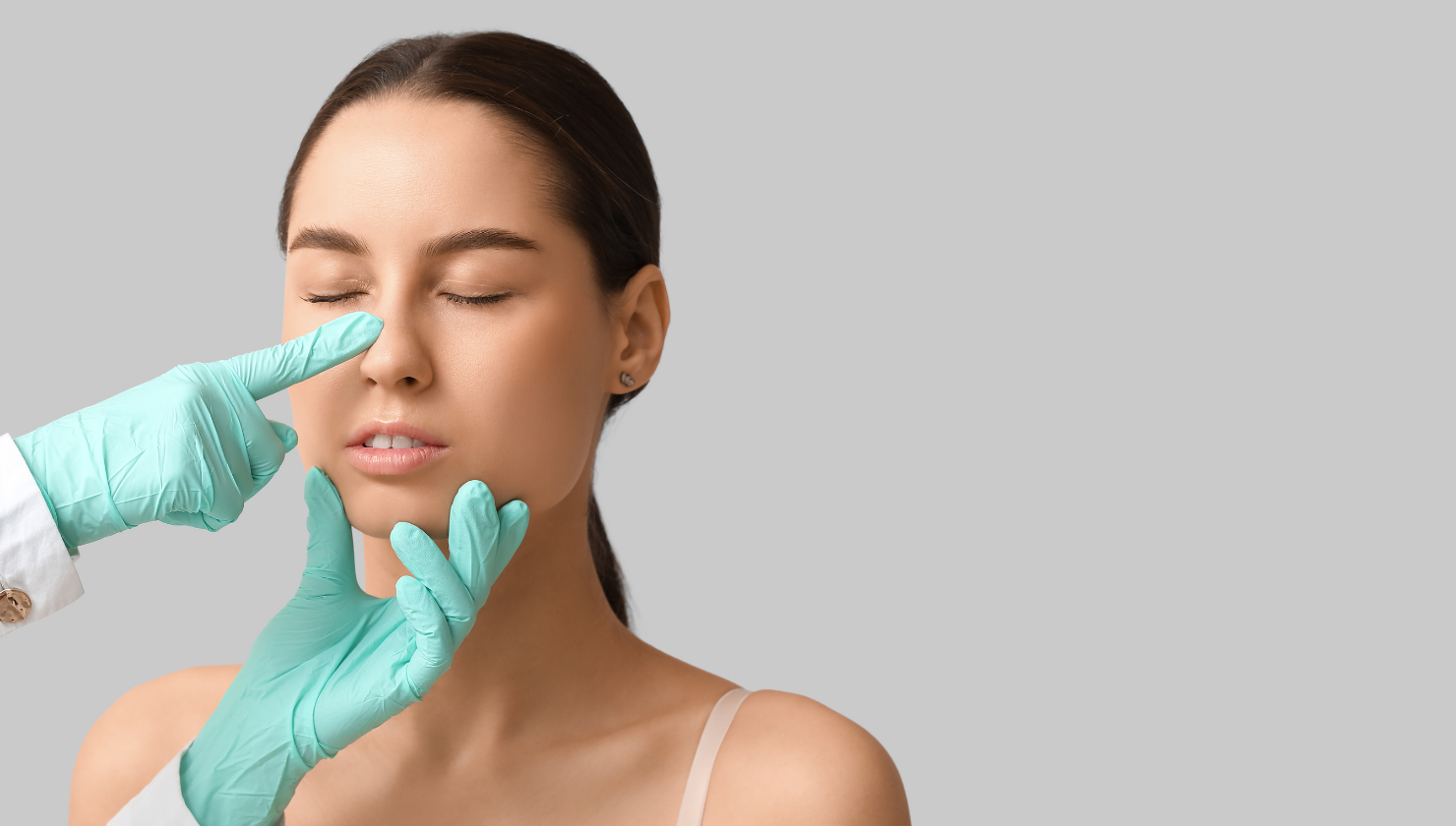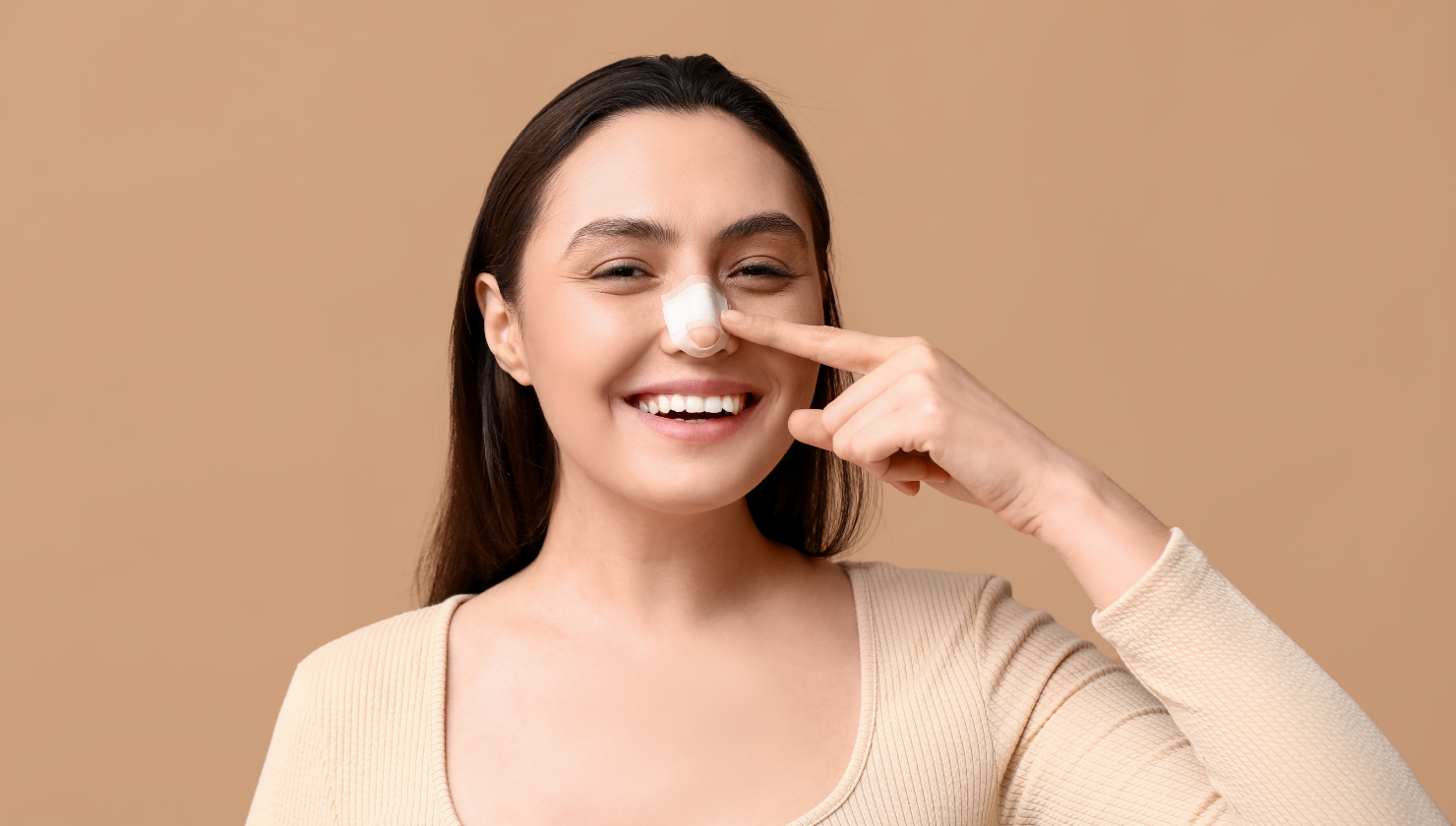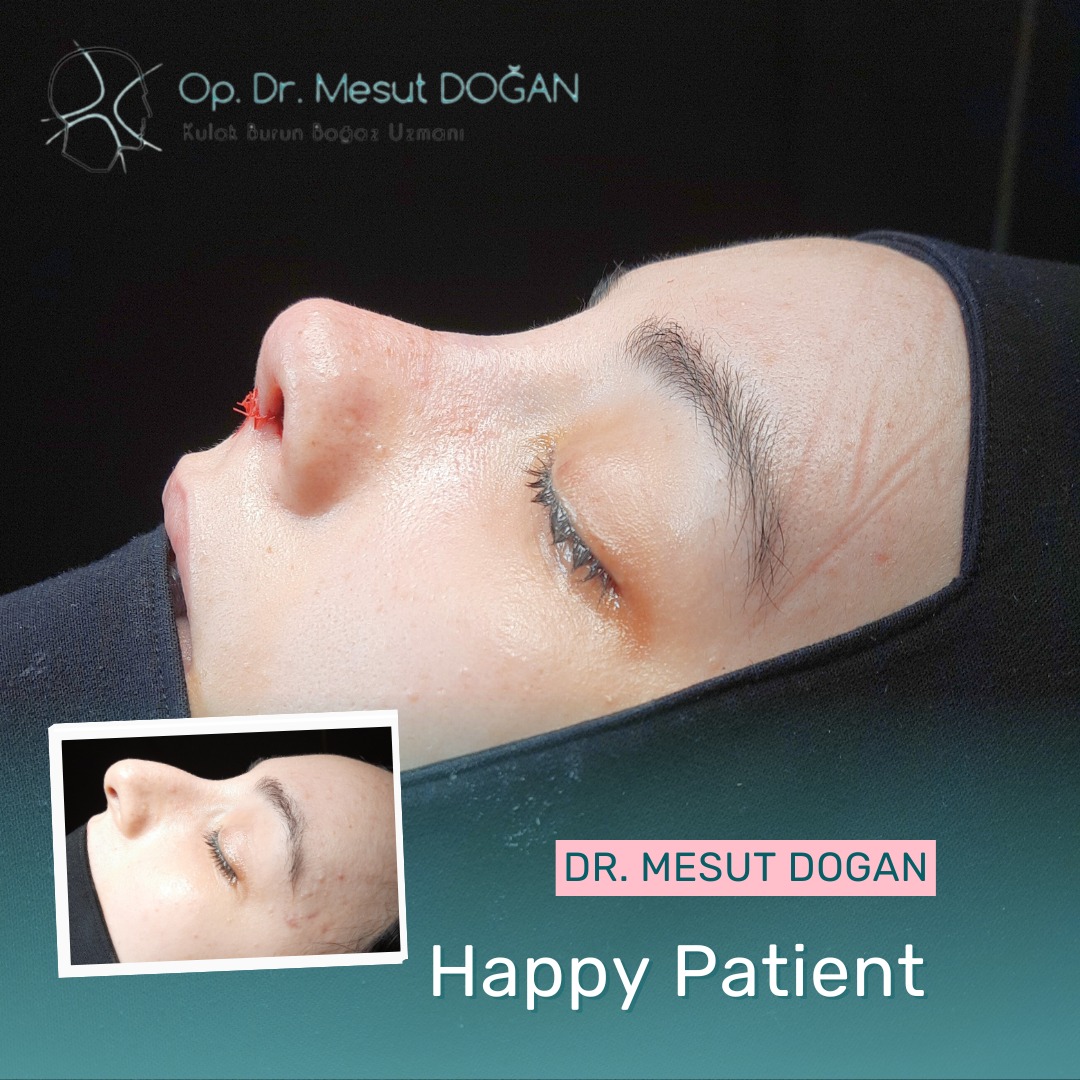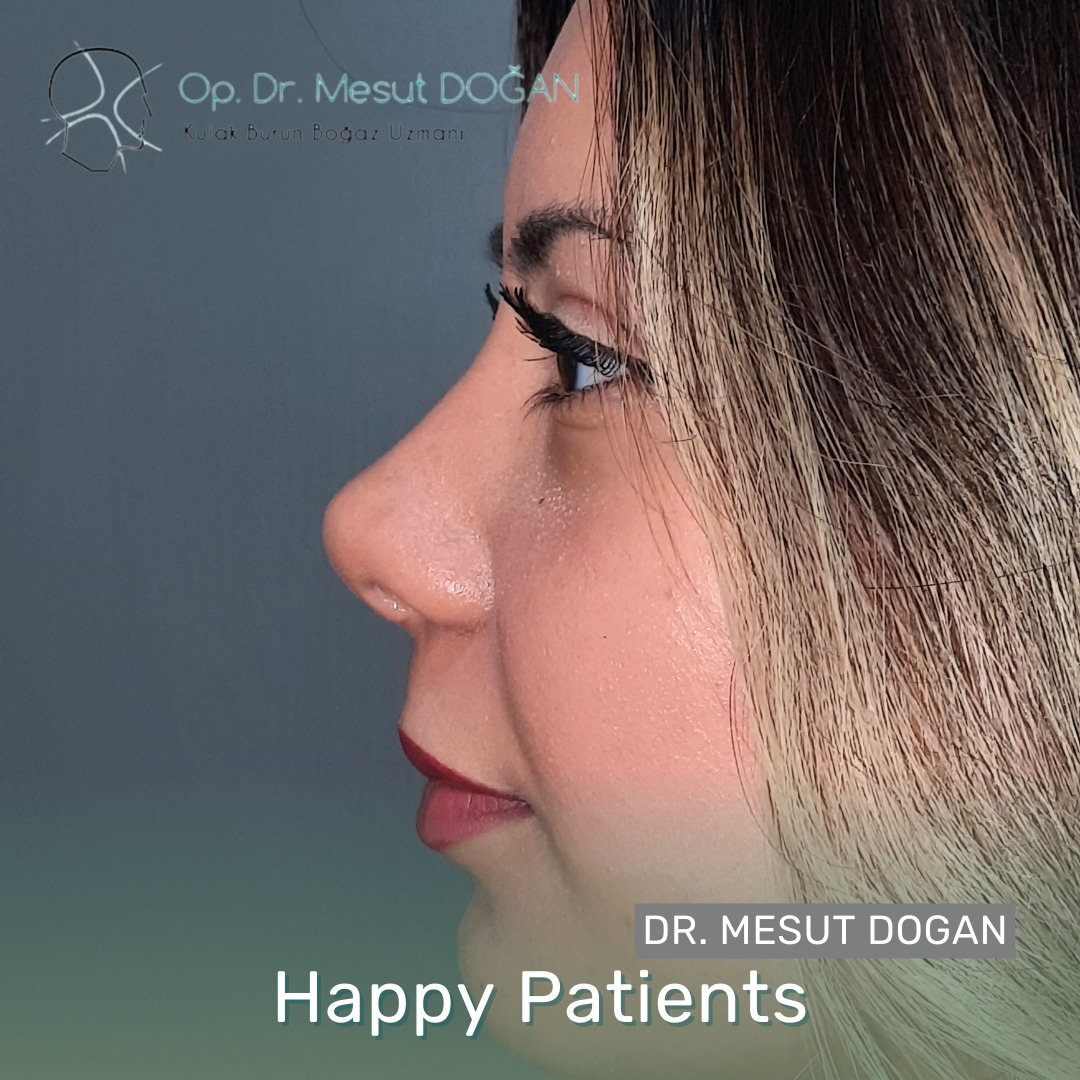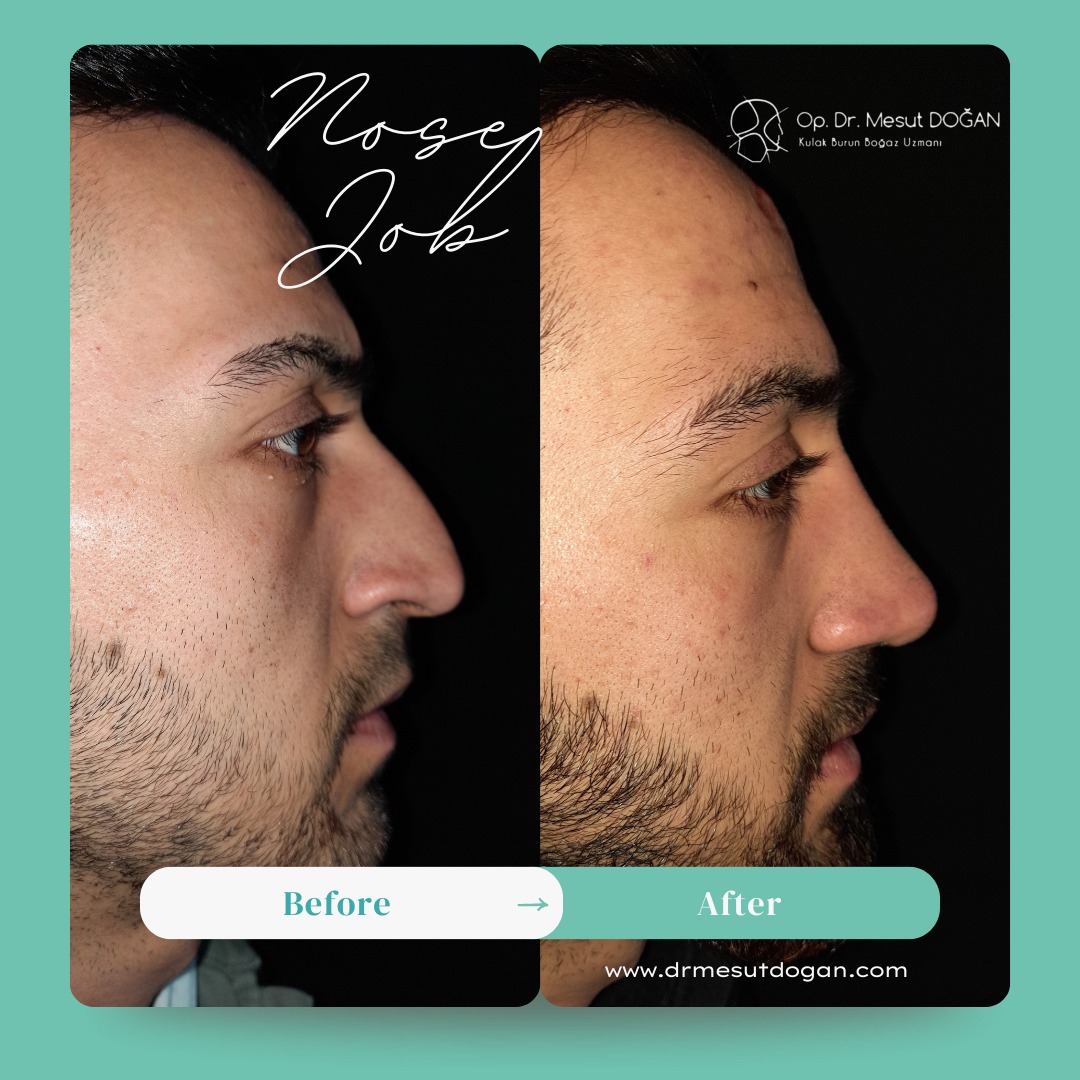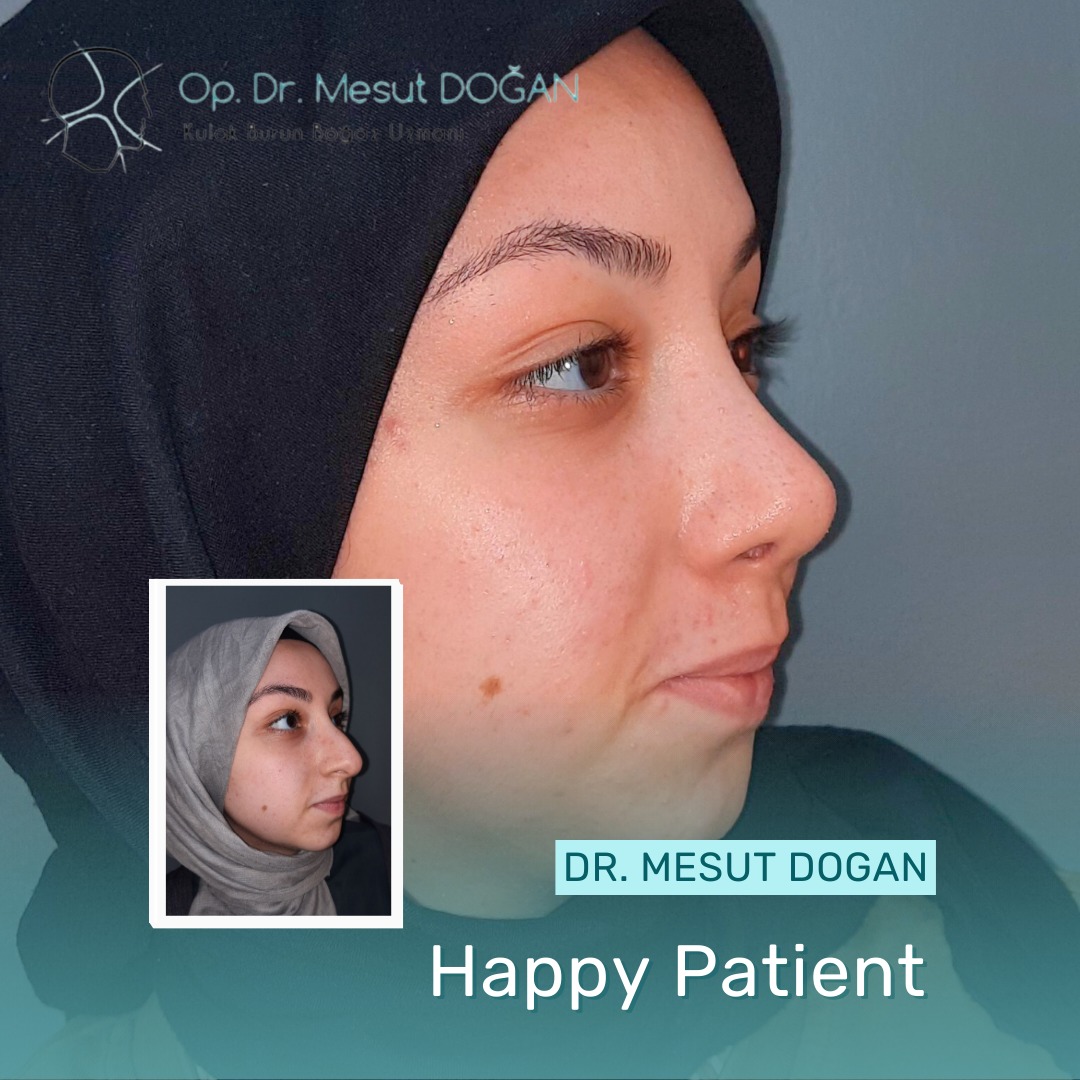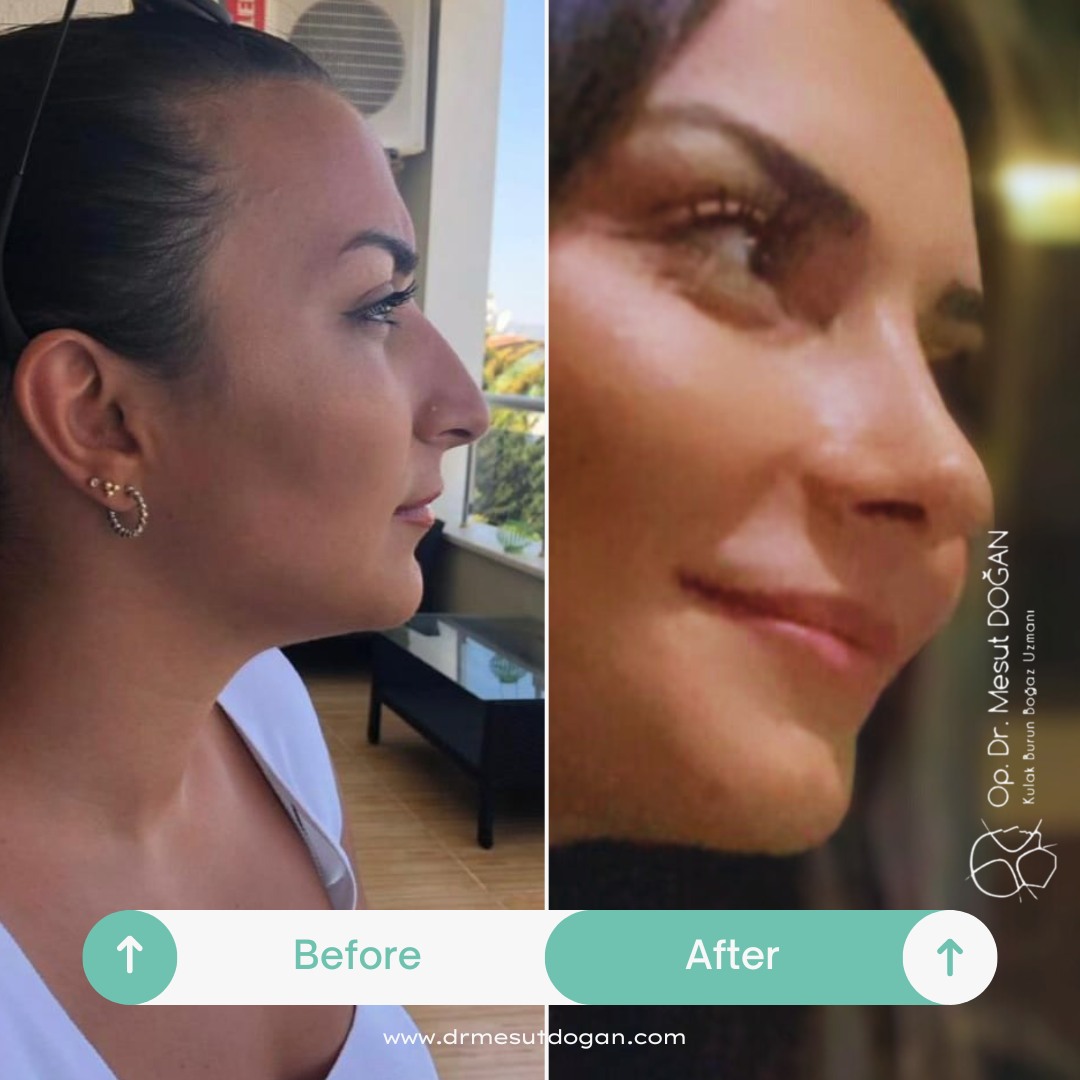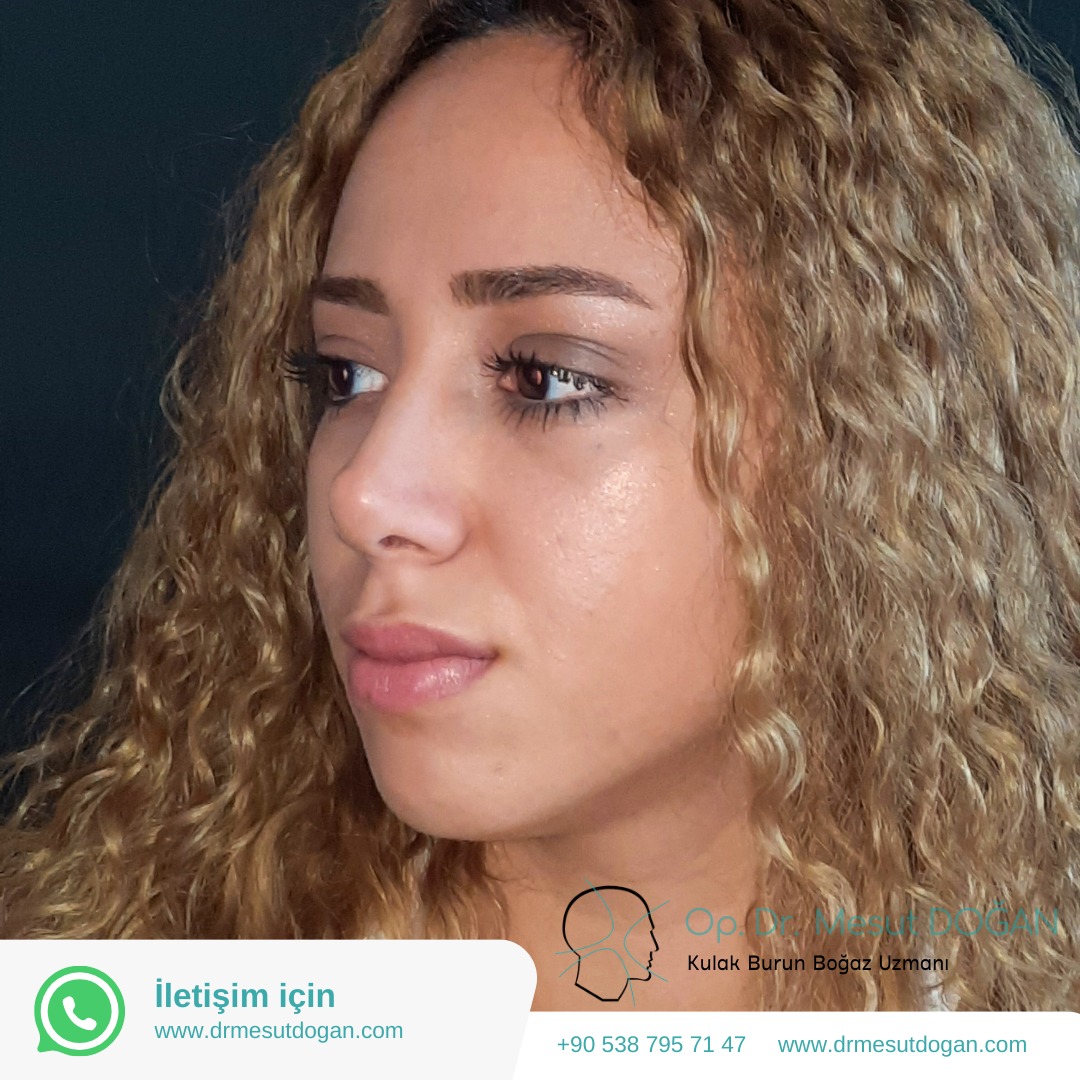As with every aesthetic procedure, most people who want to have rhinoplasty either put their decision aside or are afraid due to the common misconceptions about rhinoplasty.
As with many cosmetic procedures, common misconceptions about rhinoplasty cause many individuals to hesitate or abandon the idea altogether. Instead of relying on hearsay or internet sources, the most reliable information should come directly from a doctor—the person who performs the procedure and knows best what can happen during and after surgery. Below are some of the most widespread misconceptions about rhinoplasty:
The nasal tampon inserted after surgery causes severe pain and discomfort.
✔️ False.
Nasal tampons are used after rhinoplasty to reduce bleeding and provide internal support. In the past, oily gauze tampons were used and removed within two days. Because of their lubricated surface, they didn’t typically cause pain. Today, modern silicone tampons are used, which are also comfortable and do not cause pain. The belief that they cause unbearable discomfort is a misconception.
Bruising and swelling after surgery last for weeks.
✔️ False.
While bruising and swelling are normal post-operative symptoms in any cosmetic surgery, they do not last for weeks. With proper cold compress application, swelling and bruising—especially around the nose and under the eyes—can be significantly reduced. In most cases, they subside naturally within one week. Since this is a common concern, people often tend to believe the first thing they hear without verifying it.
I won’t be able to breathe normally after rhinoplasty.
✔️ False.
Quite the opposite. Even when rhinoplasty is performed for aesthetic reasons, any issues that impair breathing inside the nose are also corrected during the procedure. As a result, your breathing improves, not worsens. The operation addresses both form and function, eliminating any obstructions that may have been present before.
My nose won’t look natural after surgery.
✔️ False.
Before surgery, the nose shape is carefully planned to match the individual’s facial proportions. Therefore, the final result will look natural and balanced. It takes about a year for the nose to fully settle and integrate with the rest of the face—but once it does, it will appear completely harmonious and natural.



